Description
Thyroid hormones are the only known biologically active substances that contain iodine. They have two important functions: in a growing organism they are necessary for normal development, especially of the central nervous system, and in adults they are responsible for regulating metabolism, acting on almost all organs and tissues, regulating energy expenditure, its speed and volume.
To ensure these functions, the thyroid gland contains large reserves of thyroid hormones. The metabolism of thyroid hormones occurs mainly in the liver, but is carried out partially in target tissues, for example in the brain. The level of thyroid hormones in the plasma is very finely regulated by the adenohypophysis using TSH with the participation of negative feedback mechanisms. TSH serves as a signal for the production of thyroid hormones, the main one of which is T4, which can be converted into T3 mainly in the tissues.
Thyroid hormones act mainly through intracellular receptors that influence the expression of certain genes.
Mechanism of action
According to modern concepts, T3 binds to intracellular receptors, which leads to a change in their affinity for T3-sensitive regulatory elements that regulate the expression of certain genes. Therefore, T3 influences gene expression and therefore protein synthesis. Usually, a free receptor binds to a regulatory element and suppresses the expression of the corresponding gene, although in some cases it can activate it. By binding to the hormone, the receptor increases its expression (or, conversely, suppresses it). T4 binds to the same receptors, but its affinity for them is much lower than that of T3. However, despite T4’s ability to bind to receptors, its effect on gene expression has not been demonstrated. So, in a certain sense, T4 can be considered a prohormone, since its effect on gene expression is due to conversion to T3.
There are effective treatments for most thyroid diseases. The method of treatment of hypothyroidism is obvious: replacement therapy is prescribed.
For medical purposes, in most cases, T4 is prescribed. Both drugs are used in sports, but with slightly different purposes.
Liotimed activates the production of beta-2 adrenergic receptors in adipose tissue. In the lipolysis of adipose tissue the main role is played by the enzyme HSL (hormone-sensitive lipase). Hormone-sensitive lipase controls the rate of lipolysis. To activate HSL, the body needs adrenaline and nepenephrine (catecholamines). Epinephrine and non-adrenaline bind to beta-2 receptors, so when liothymed stimulates beta receptors, there is a real increase in the ability of catecholamines to activate HSL, reacting to the stimulated lipolysis.
Purposes of use
Triiodothyronine (T3) or liothyronine is essentially a thyroid hormone, which can help people lose fat and have an effect during the anabolic phase and also helps to create GH hormone more significantly and increase anabolism in the body in addition to the effects on fat loss.
Т3 – often used for weight loss instead of thyroxine, they are almost identical in their mechanism of action. T3, unlike T4, more actively influences the biochemical pathways of protein catabolism. When both drugs are dosed to achieve the same fat loss, T3 burns significantly more muscle than T4. Note that T3 is formed from the hormone T4 or the hormone thyroxine as the more active form of t4.
T3 stimulates skeletal muscle growth by increasing muscle fiber number and diameter and plays a role in the transition of neonatal to adult myosin isoforms.
Liothymed for athletic purposes:
Athletes stimulate their metabolic process by using liothymed, which causes faster conversion of carbohydrates, proteins and fats. Athletes are interested in stimulating fat burning. Liothymed can be administered in combination with different types of anabolic steroids. By combining the drug with anabolic steroids, you can achieve a stronger anabolic effect. Therefore, taking everything right, you will have more pronounced muscles. If your goal is to acquire the perfect balance between a normal physique and large, strong muscles. Liothymed is ideal and will address this very effectively.
How to use
Basically, the dosage starts with 25 mcg per day and every 5-6 days increases by 25 mcg per day. And the maximum is 100 mcg per day. Distribute a few tablets throughout the day. The maximum cycle lasts seven weeks. At least six weeks should pass between one cycle and another. Furthermore, it will bring the thyroid gland back to normal functioning. It is commonly stacked with clenbuto to make both even more effective at burning fat.
- Average dose: 25 to 100 mcg per day.
- Effective dosage: pyramid method (25-50-75-100-75-50-25)
- Proven cycle: 5-6 weeks
Effects
- Regulate your metabolism
- Burns fat
- Increase anabolic processes and muscle growth
Warnings
- Keep in mind that you will lose MUCH more muscle on T3 without any anabolic assistance than you would with it.
- Liothyronine may cause an increase in blood sugar. Therefore, an increase in blood sugar may occur, glucose tolerance may change and diabetes may worsen. People with diabetes should carefully monitor their blood sugar levels and inform their doctor of any abnormalities.
- Heart disease: Starting liothyronine can cause the heart to work harder than it is used to. For this reason, people suffering from angina or other heart diseases should ask their pharmacist how this preparation may affect their medical appearance, how their medical condition may affect the dosage and effectiveness of this preparation and whether checks are necessary special.
- Pregnancy: This preparation is safe to use during pregnancy.
- Breastfeeding: Liothymed passes into breast milk in small quantities. It is essential to continue using thyroid hormone even while breastfeeding. Tell your pharmacist if you are breastfeeding or plan to breastfeed while taking liothymed.
- Elderly: Older people may be more sensitive to the effects of liothymed and should keep an eye out for side effects, especially those related to the heart.
Side effects
- Pain, discomfort or tightness in the chest
- difficulty swallowing
- Extreme fatigue
- Fainting
- Fast, slow, irregular, pounding, or rapid heartbeat or pulse
- Heat intolerance
- Nausea
- Sweating
- Tremors
Profile
- Half-life: 6-24 hours
- Frequency of intake: 1-2 times a day
Contraindications
- Contraindicated in patients with manifest subclinical thyrotoxicosis (suppression of serum TSH level with normal levels of T3 and T4) of any etiology and in patients with acute myocardial infarction.
How to store
- Keep out of reach of children
- Store in a cool, dry place, away from direct sunlight
- Store at room temperature
- Do not use after the expiry date









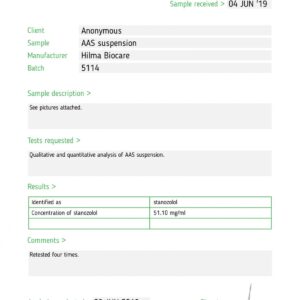
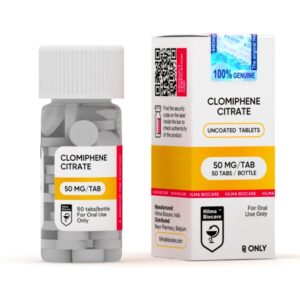

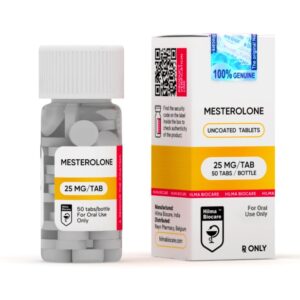
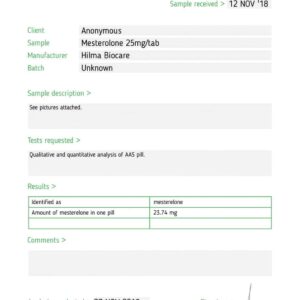

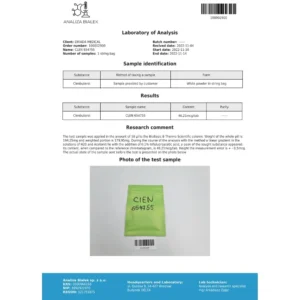
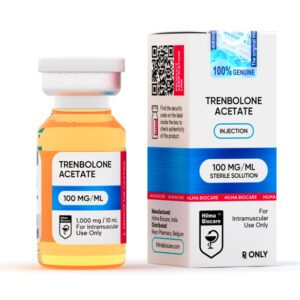
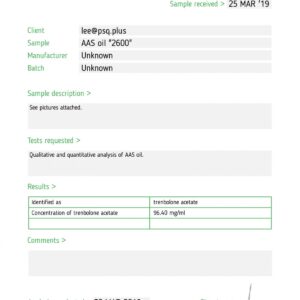
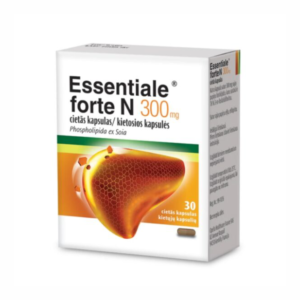
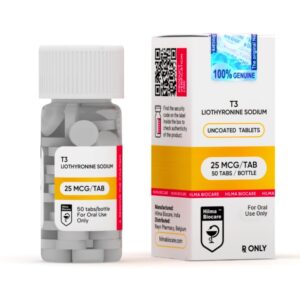
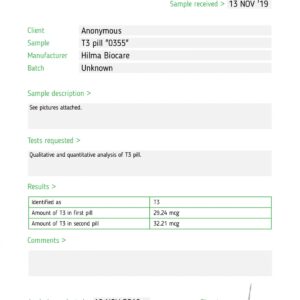
Reviews
There are no reviews yet.